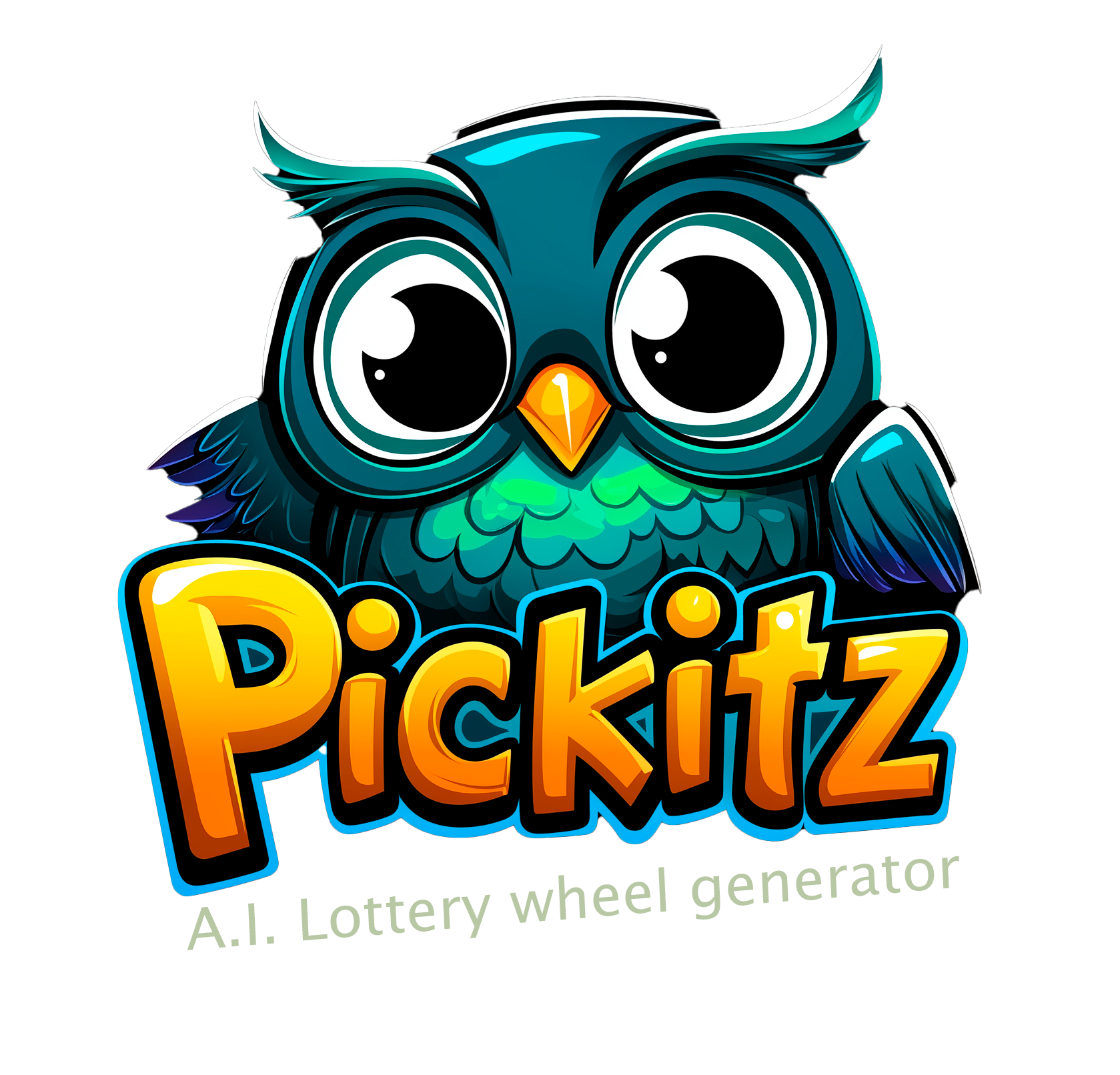
NFT Jackpots: The Promise and Peril of Smart-Contract Lotteries
How It Works
Each ticket is an NFT; minting funds the prize pool. At a preset block height, a Chainlink VRF call injects a provably random number, and the smart contract auto-transfers the jackpot to the winning token's address—no claims desk needed.
Transparency Upside
Players can audit the pot, tokenomics, and RNG proof on-chain in real time. One project advertised a 10,000 ETH grand prize with every rule encoded in Solidity, providing unprecedented transparency in lottery operations.
Early Adoption Metrics
Public dashboards show over 42,000 wallets participated in NFT lotteries in Q2 2025, wagering a combined US$96 million equivalent—still a niche but growing 62% year-over-year.
Regulatory Grey Zones
Most jurisdictions treat NFT raffles as gambling if chance is involved and a buy-in exists. Operators must:
- Geo-block prohibited markets
- Integrate KYC for prizes above AML thresholds
- Publish legal counsel opinions or face cease-and-desist orders
Smart-Contract Risks
Bugs can lock funds or allow re-entrancy exploits. Audits by firms like CertiK and Trail of Bits typically cost US$40-100k. Even then, rug-pulls happen—highlighting the need for timelocked treasuries and multi-sig governance.
Best-Practice Design
| Layer | Recommendation |
| RNG | Chainlink VRF v2.5 or DRAND beacon for multi-chain fairness |
| Prize escrow | Immutable escrow contract with timelock release |
| Secondary market | Enable royalty splits for each resale, funnelling a slice to good causes |
| UX | Gasless mint via meta-transactions to onboard Web2 users |
Verdict
NFT lotteries marry transparency with borderless liquidity, but compliance and smart-contract hygiene determine whether they remain a flirtation or graduate to mainstream instant games.
Key Statistics
- 42,000 wallets participated in Q2 2025
- $96 million wagered in Q2 2025
- 62% year-over-year growth
- Smart contract audits cost $40-100k
